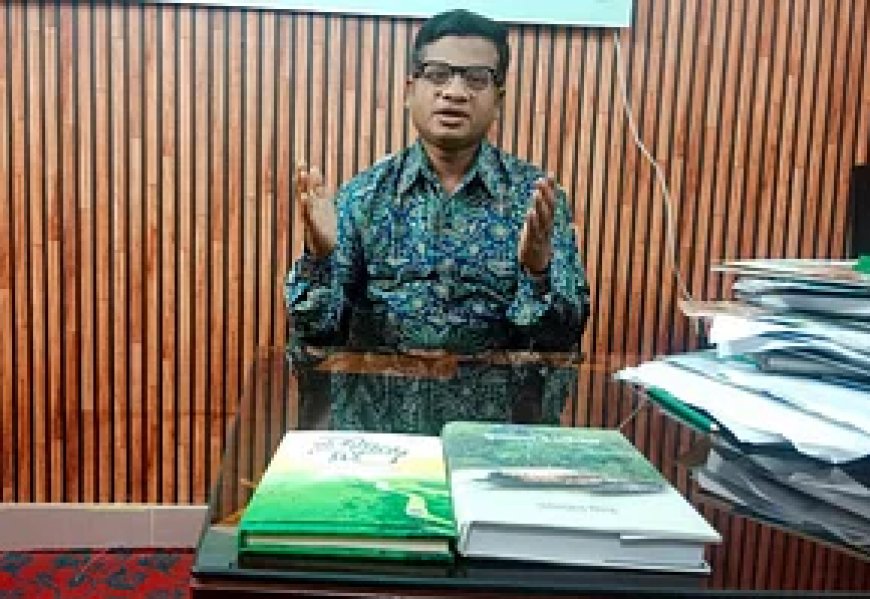There are 296 pollution sources in Turag river and 145 in Salladha in Gazipur.
There are 296 pollution sources in Turag river and 145 in Salladha in Gazipur.

Besides Brahmaputra, Shitalakshya, Turag, Banshi, Balu, Banar, Gargara and Chilai rivers, Gazipur has many other tributaries. These rivers and canals were once full of fish. But due to industrial waste, native fish has decreased. Prothom Alo talked about these issues with Muhammad Monir Hossain, founder of Bangladesh River Transport Team and Chairman of River Foundation.
Question: How many pollution points have you identified in Gazipur?
Monir Hossain: As per my observation there are 19 rivers in Gazipur. Turag, Chilai, Saldah, Balu, Shitalakshya, Old Brahmaputra, Khiro, Paruli, Suti, Banar, Nagda, Lauhjong, Banshi, Saldah, Sutia, Gollar, Naljuri, Kanai and Tongi rivers. This number could be higher. Among them Turag, Saltadah, Chilai and Banshi are more polluted. We found about 296 pollution sources in the Turag River, 145 in saline water and 56 in the Chilai River. Pollution points include drains with waste from factories, markets and households.
Q: Why is it important to protect the river now?
Monir Hossain: Rivers are national resources. And the river crisis is a national crisis. All must unite to overcome this crisis. Because the river is the life of this country. Our lives are inextricably linked with the flow of the river.
Question: What steps are required to restore river flow?
Monir Hossain: A healthy river is a river free from encroachment and pollution. A river that does not flow is not a healthy river. It has to be de-encroached to restore the flow of the river. In this case, according to the Port Act-1908 and Bangladesh Water Act-2013, it is necessary to define the boundary by marking the arrow.
Q: Why did the river lose its normal flow?
Monir Hossain: Due to unplanned urbanization, industrialization, sand mining and neglected river management, the normal flow of the river is obstructed. River flow cannot be sustained if river banks and flood prone areas are not protected. If you trace the banks of the last 20 years in the industrial area, it will be seen that factories have occupied up to 100 feet of the river in many places. In such a situation, we see only the long form of the river like a thread worm. Amplitude is disappearing day by day.
Question: What can be done to prevent river pollution?
Monir Hossain: We did not ask to close the factory. We want environment and river friendly industries. I am not against urbanization, I want fair cities. More educated people live in cities than in villages. And those conscious people efficiently pollute the river.
Apart from industries, city corporations, municipalities and union councils responsible for civic waste management are also responsible for river pollution. From city corporations to unions, all types of waste should be stopped in rivers and open spaces and modern science-based waste management should be developed. As installation of ETP in industries is part of compliance, similarly local government bodies should be made mandatory to install STP in Peonali.
Administration plays a key role in river protection. I can point you to crisis areas. But it is the administration's job to take action against such criminals and enforce the law properly. Our country has dozens of laws to protect rivers, but the implementation is not as expected. Administration can carry out awareness campaigns by building public opinion about river rights activists and riverside people. In this, the administration will get the support of the general public in enforcing the law.
What's Your Reaction?















